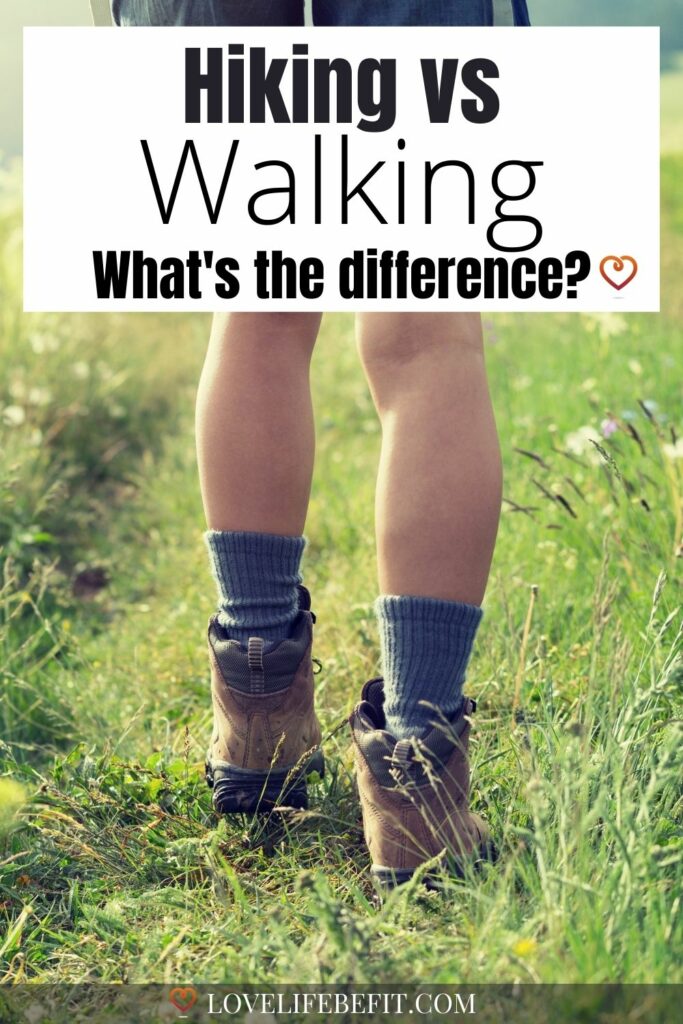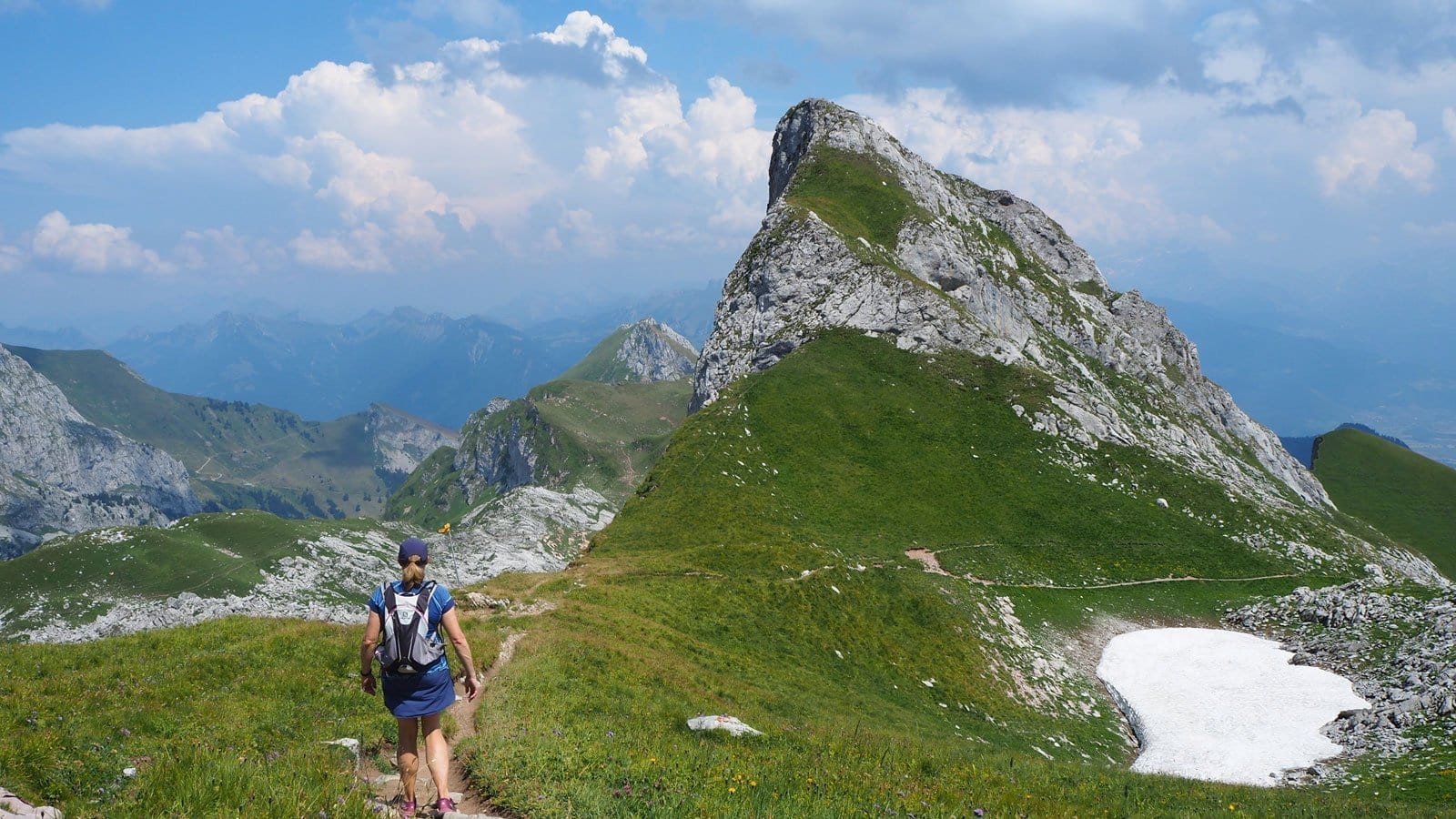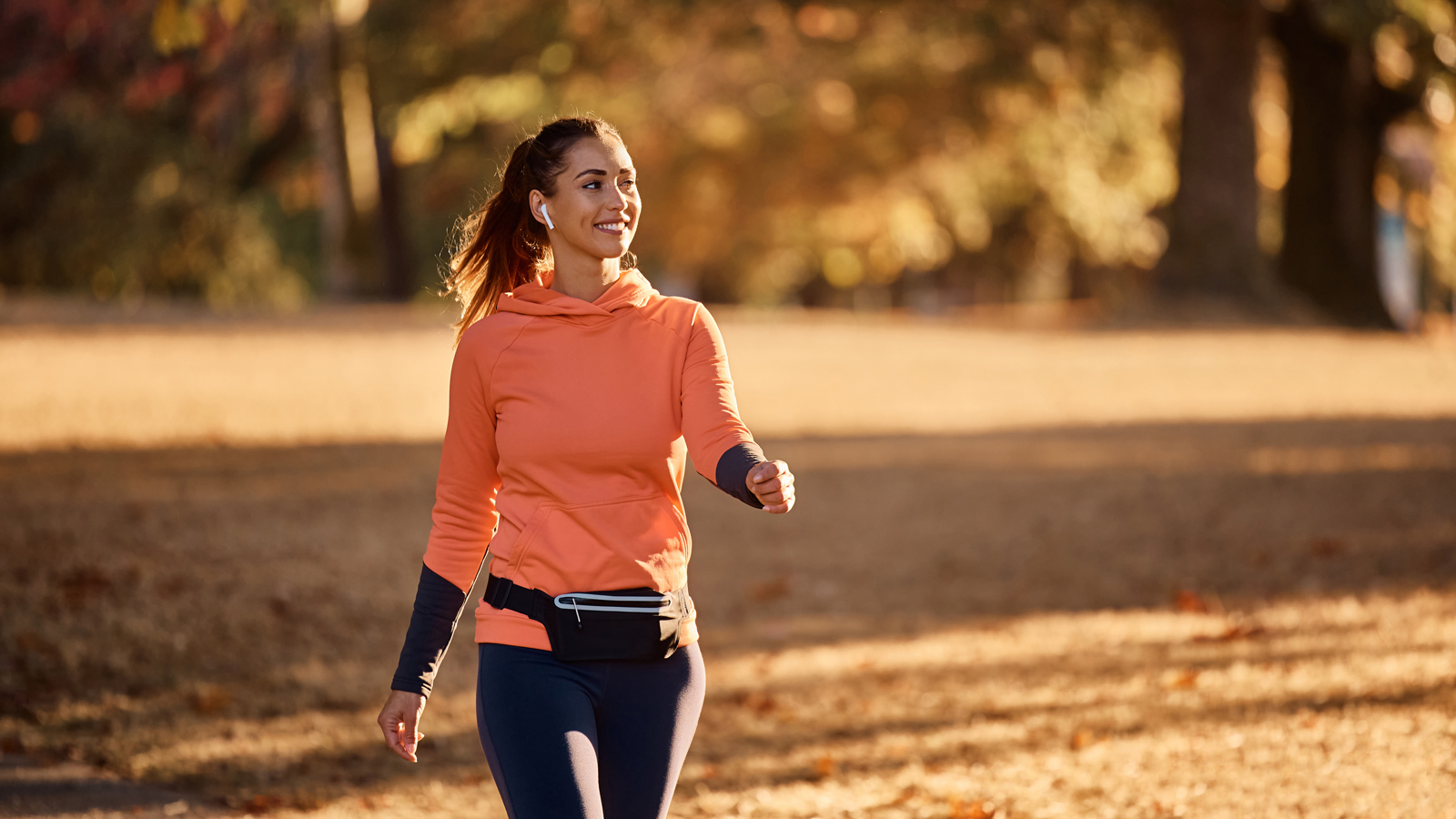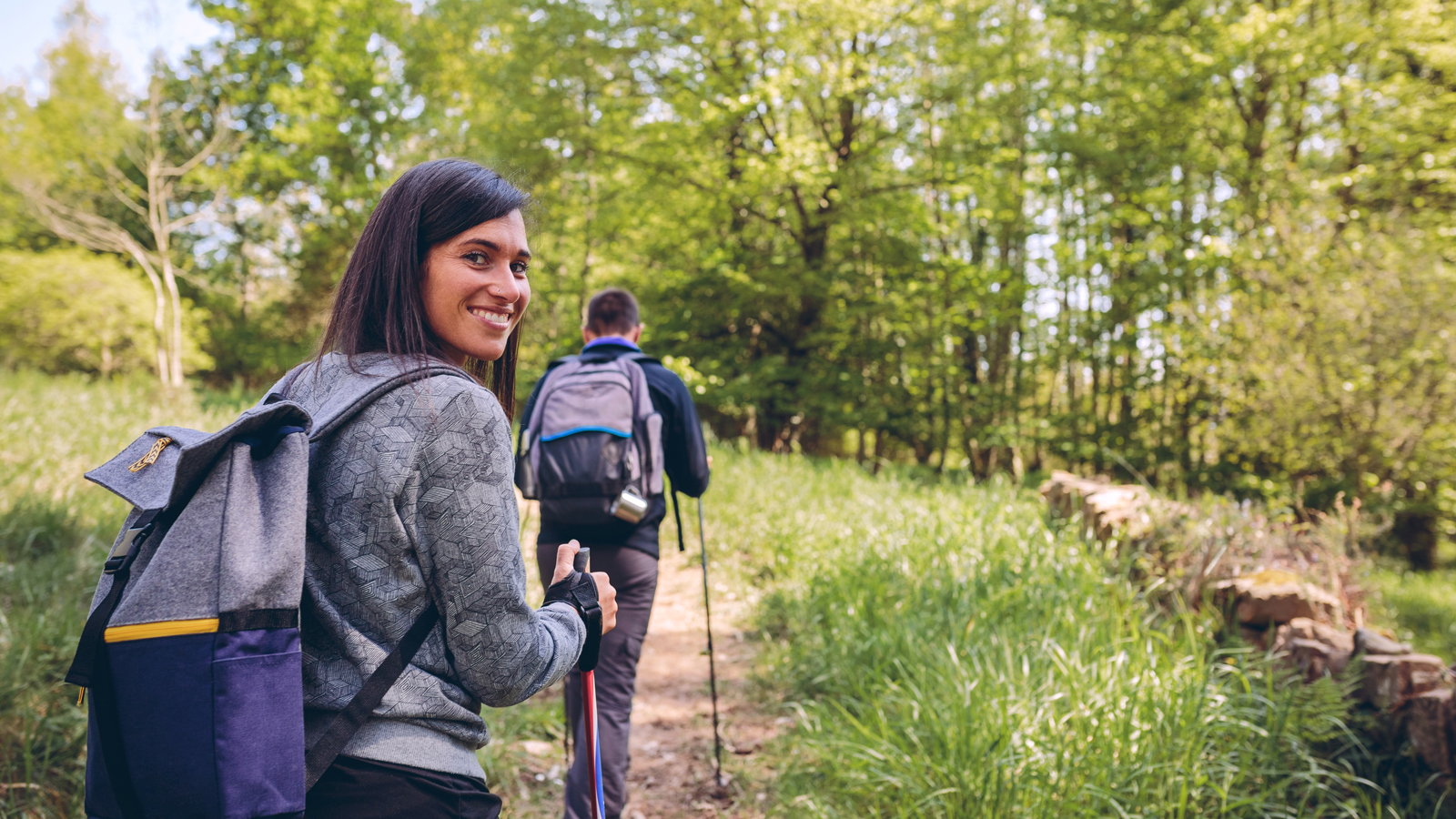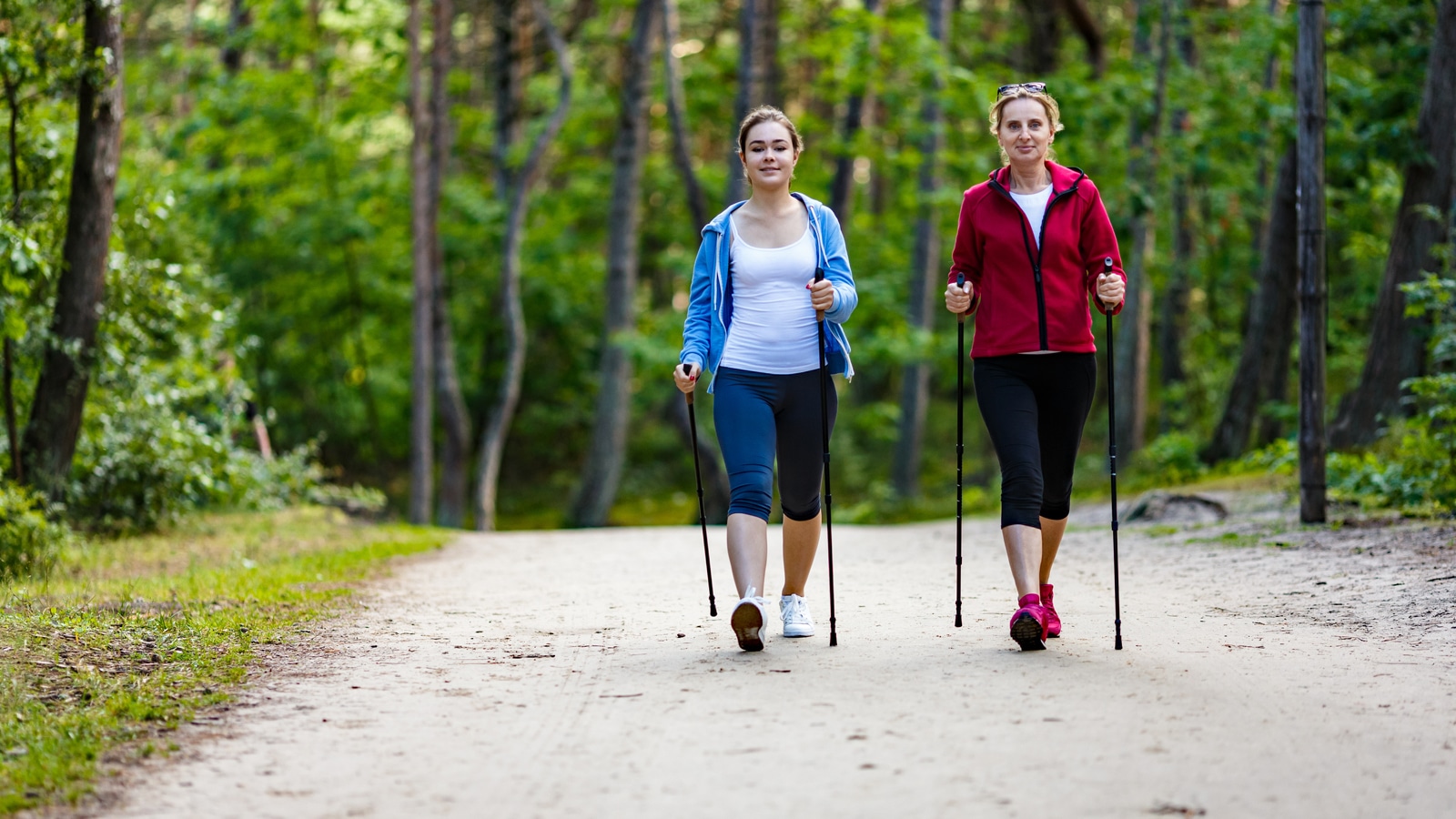What Is The Difference Between Hiking And Walking?
Hiking and walking, both activities mean traveling by foot but the difference between going for a walk or a hike can be significant.
Walking generally occurs on flat or undulating paths, often in an urban environment such as the local park, and over short distances. If you’re hiking, expect rugged trails over uneven terrain and high elevation – most hikes are in a natural environment in hills or mountains with often more than 500 ft in elevation changes.
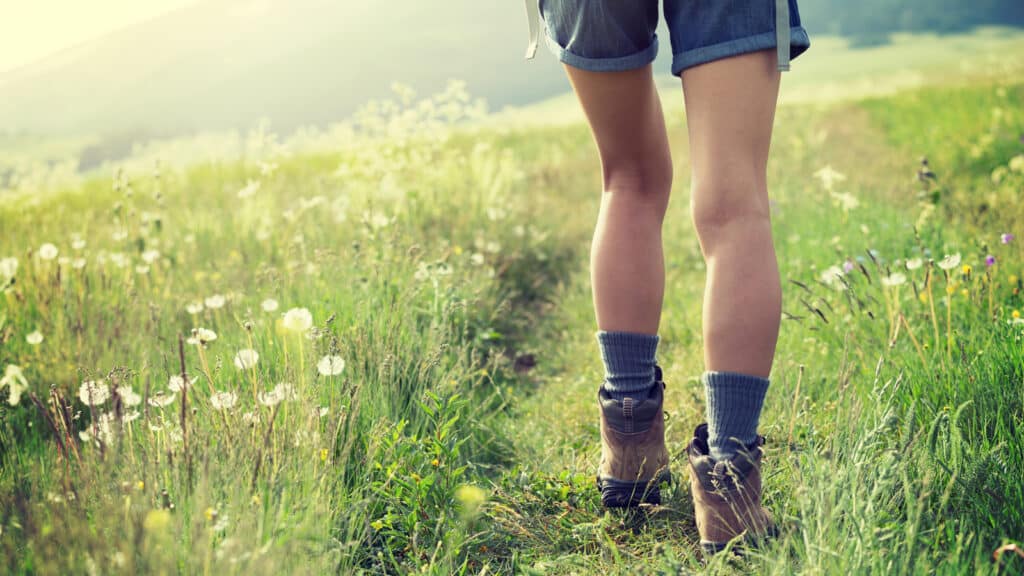
Walking is an activity you can enjoy with very little experience, it’s a very accessible way to get fit – you just need a good pair of shoes or trainers, comfortable clothing, and a water bottle. Many people benefit from walking for weight loss. Both diet and exercise are important if you want to lose weight.
Hiking can be extremely rewarding but it does take more knowledge and experience. You’ll need at least basic navigation skills plus clothing and equipment to keep you safe in a more challenging environment.
Walking vs Hiking:
Walking the pavements or hitting the hiking trails, both activities are good for you. They help improve your cardiovascular fitness, tone your legs, and can burn a significant number of calories. But which is better?
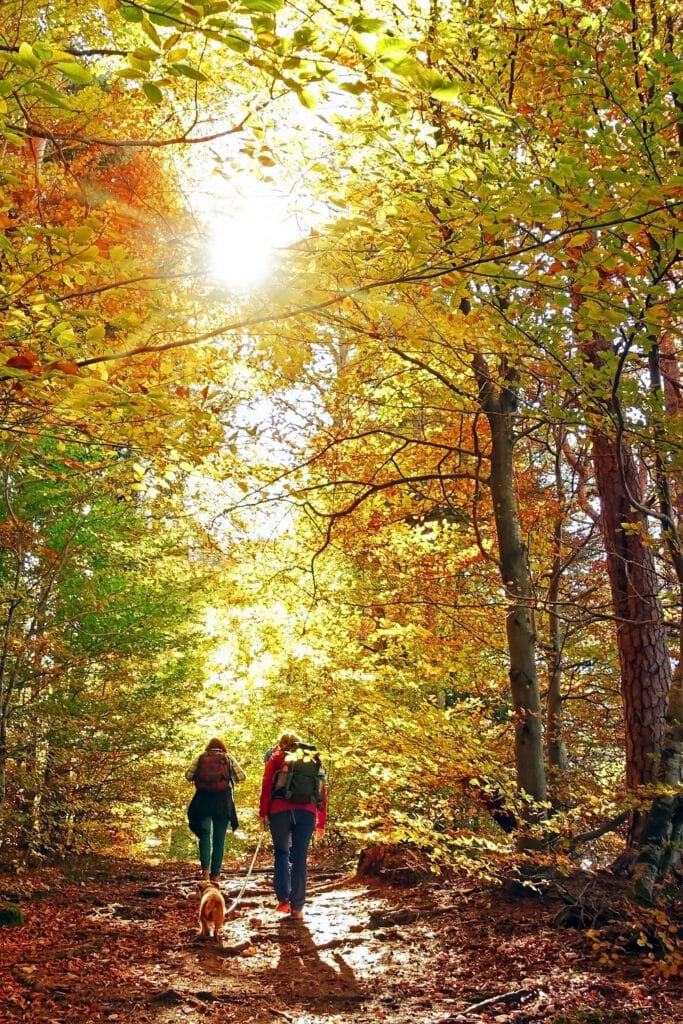
Hiking and Walking For Calorie Burn
The number of calories you burn while hiking or walking depends on a few factors, such as your weight, the terrain, and how fast you’re going. In general, though, you can expect to burn more calories per hour hiking than walking.
It’s hiking uphill that makes the biggest difference. A study by the Centers For Disease Control And Prevention found hiking up hills burns around 30% more calories than walking at 3.5 miles/hour on the flat. That’s a significant difference!
Find out more in my walking for weight loss plan.
I’m lucky to have steep hiking trails on my doorstep, but if you don’t have time to drive to a hiking trail, try an urban hike! Look for steps or hilly streets in your city and get walking.
Related post: Are walking sticks useful?

Walking Is Easier For Beginners
Walking is a great way to start getting active and lose weight. It’s low-impact, easy on the joints, and you can do it anywhere, anytime. Best of all it’s free! Find a walking trail near where you live and start exploring.
You don’t need any special equipment to walk, but a good pair of walking shoes will help you stay comfortable and avoid injury. A lot of people prefer to walk in trainers.
If you want to walk as part of your fitness routine, aim for 30 minutes most days of the week. You can build up to this by starting with shorter walks and gradually increasing your time as you become fitter. For more of a challenge, go for a longer walk or try walking uphill.
Hiking Requires More Skill And Experience
Hiking is a great workout, but it’s not as easy as pulling on a pair of shoes. If you’re new to hiking it can be strenuous physical exercise. Start with an easier trail on flat terrain and work your way up to something more challenging.
Make sure you know how long a hike will take to make sure you don’t get benighted. For example, find out how long it takes to hike 5 miles?
You’ll need some basic navigation skills and knowledge of how to stay safe in the wilderness before you head off on a hike. Especially if you’re hiking long distances. It’s important to have the right clothing for the weather conditions and carry safety equipment, such as a map, compass, and first aid kit.
Suitable footwear is essential when you’re walking on uneven terrain. Invest in proper footwear – some hiking boots or good hiking shoes or trail shoes. Over longer distances expect to take more equipment such as a sleeping bag in case you get caught out overnight. Some people enjoy the adventure of a multi-day hike carrying overnight camping equipment and sleeping out on the trail.
Mountain hiking does have its risks. Sprain your ankle on uneven terrain and you need to be capable of getting yourself back to safety. It’s easy to get cold if the weather changes suddenly, you can lose your way, run out of food or overheat. Consider joining a group hike or going with an experienced friend until you feel confident hiking on your own.
Find out more about the equipment you need and get expert tips with my Essential Guide to Hiking for Beginners.

Hiking is Best for Mental Health Benefits
Need to de-stress – go for a hike! This psychology study links the positive impact on mental health from walking in a natural setting. Nature walks in the fresh air making the most of the great outdoors can help you get away from your day-to-day concerns, improving your mood and mental well-being.
If you can’t take a hiking trip, try and find nature on an urban hike or walk in the park. Look for a place where there are trees, flowers, and water. Even a small patch of green space in urban areas can make you feel calmer and more positive.
Using Trekking Poles on Hiking Trails
If you want an all-over body workout, try using trekking poles on your hike. They tone your arms so your upper body is getting a good workout as well as your legs. Trekking poles also help improve your balance on rugged terrain and can take some of the strain off your knees when walking downhill.
I often use hiking poles on a long walk, especially if I’m climbing steep hills. They tend to get in the way on a flat path and on smooth surfaces but if you have folding poles you can stash them away in your pack.
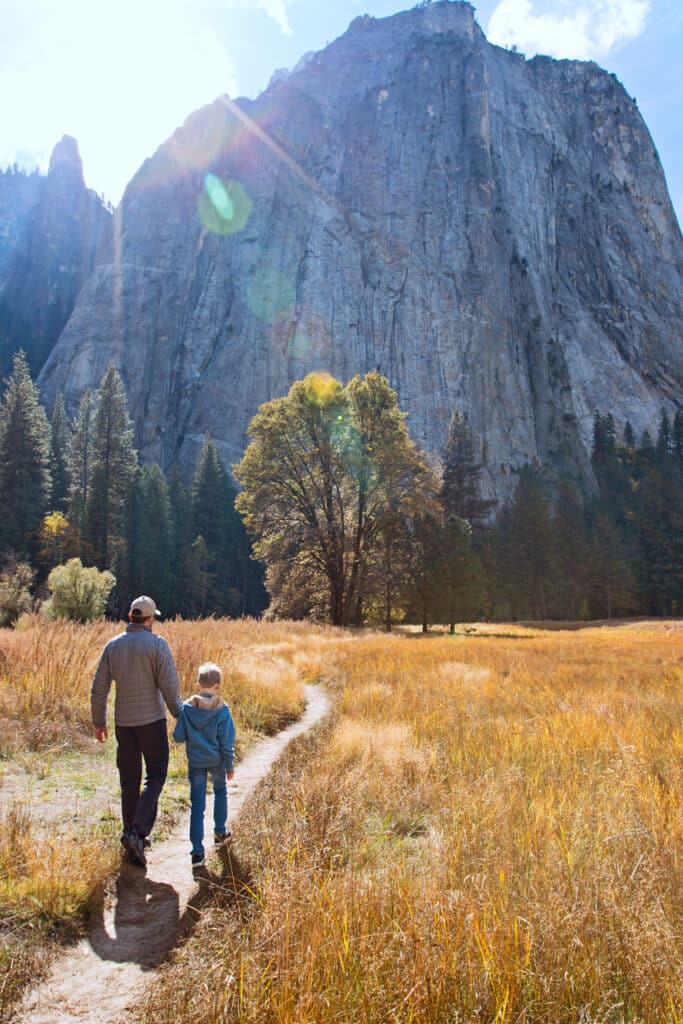
Hiking In The National Parks
The national parks are great places to go for a hike. You can find trails of all levels of difficulty, from easy nature walks to more challenging hikes with rewarding panoramic views.
Before you set off on a hike, stop by the visitor center and pick up a map of the area. This will help you plan your route, navigate safely on the trails, and find any scenic spots you want to see.
Most national parks have a fee for entrance, but it’s worth it to support the park service and enjoy all the amazing places they protect for us.
Hiking vs Walking: The Bottom Line
Both walking and hiking are great forms of exercise, but they offer different benefits. Walking is a low-impact activity that is easy to start and can be done anywhere. Fitting a short walk at a brisk pace into your day is an excellent way to make significant differences to your health if you’re not used to exercising. It’s a fact that fast walkers live longer! It’s good for your blood pressure level and reduces your risk of heart disease.
Hiking can be a very rewarding experience, but it’s not something you can just jump into without any preparation. Start with shorter hikes close to home and work your way up to longer, more challenging hikes at a higher elevation as you gain experience. As a beginner hiker, hiking can seem daunting, but it’s really just a matter of being prepared and knowing your limits. You’ll soon find it’s an amazing way to explore and seek adventures, from climbing rocky mountains to exploring pristine wilderness areas and strolling through serene forests. You’ll soon be hooked!
